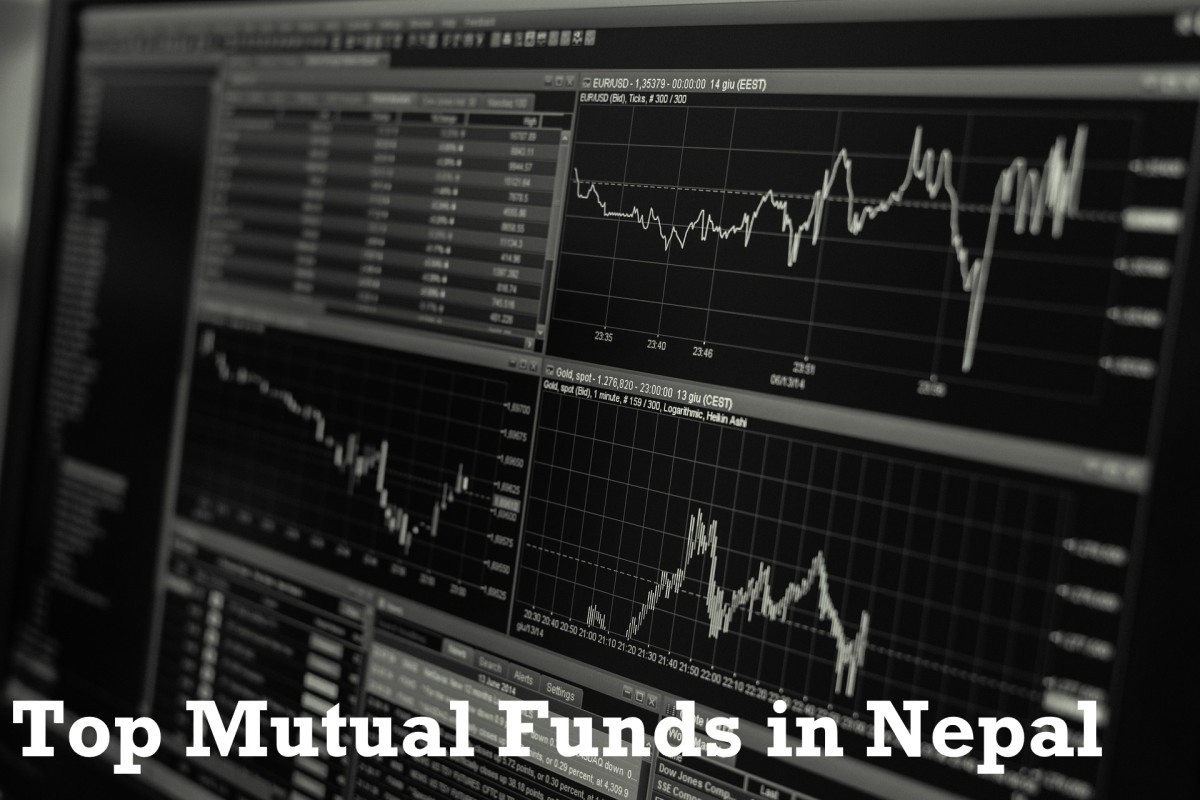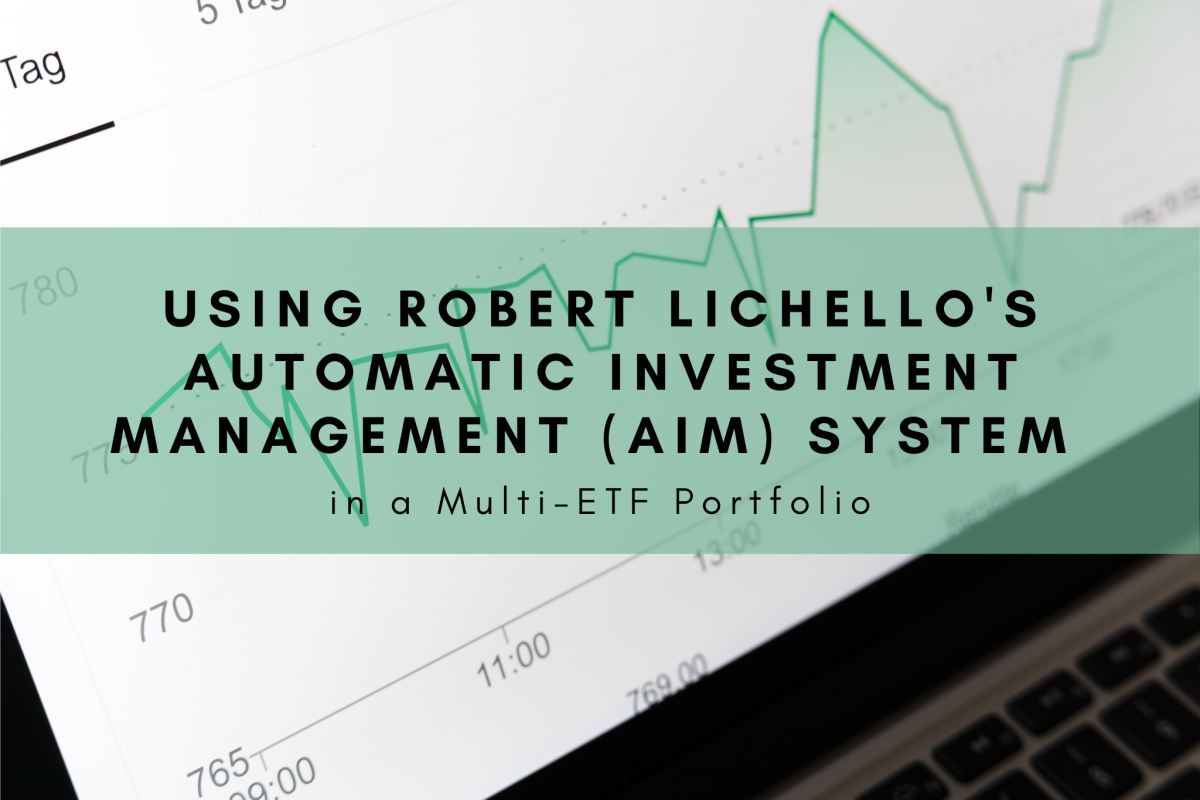How Exchange Traded Funds are low cost mutual funds

Exchange traded fund is an instrument which invests in the basket of securities that, replicates the composition of a market index, like Nifty, Sensex, Bank Nifty, CNX – 100, CNX – Midcap, Nifty - CPSE etc. Unlike diversified equity funds, exchange traded funds (ETF) do not aim to beat the benchmark index; the objective of ETFs is simply to reduce the tracking error versus the index.
ETFs can be bought and sold only on stock exchanges. So you need demat and trading accounts to invest in ETFs. While Net Asset Values (NAVs) of mutual funds are priced at the end of the day, while ETFs are priced on a continuous real time basis like stocks.
There are advantages and disadvantages of investing in ETFs versus diversified equity funds. The main disadvantage is that, diversified equity funds can give higher returns than ETFs. This is because diversified equity fund managers aim to beat the index, while ETFs track the index. While outperformance versus the index is one side of the story, there is another side to the same story.
Fund managers can beat the index through alpha or beta or both. Let us understand what alpha and beta are. Alpha is the extra risk adjusted returns given by the fund manager. Alpha is biggest advantage of diversified equity funds versus ETFs; there is no alpha in ETFs. But not all fund managers can deliver high alphas.
Some fund managers deliver higher returns by taking more risks, or in technical lingo, beta. Beta in simple terms is the risk taken by the fund managers relative to the index. The fund manager will get higher beta, by investing more in index constituents (stocks / sectors) that rise faster than the index. However, index constituents which rise faster than the index in rising markets, also fall faster than the index in falling markets. From a risk perspective therefore, ETFs are subject to purely market risks, while diversified equity funds may have some stock / sector risks because the fund can be overweight or underweight on some stocks sectors, relative to the index.
Alpha and beta aside, ETFs are very much like mutual funds. ETFs offer capital appreciation and risk diversification like mutual funds. The biggest advantage of ETFs with respect to diversified equity mutual funds is cost. The effort required to manage an ETF is considerably less than a diversified equity mutual fund because the fund manager is simply looking to replicate the index. ETFs do not need the research and analytical support which diversified equity funds require; some fund management tasks in ETFs can be automated. Hence the expense ratios of ETFs are considerably lower than diversified equity funds. Over a long investment horizon, 100 to 200 basis points of lower expenses can have a big impact through compounding.
As our market matures (becomes more efficient), opportunities to exploit pricing inefficiencies will become more and more limited. Pricing inefficiencies have enabled fund managers to capture valuation upsides and as these opportunities get limited, the ability to deliver extra-ordinary alphas will also get restricted. Expense ratios will then become an increasingly important factor in investment returns. In fact, in mature markets like the US, many financial advisors are asking their clients to allocate more money to ETFs.
ETFs are good investment options for investors who are looking for market returns at a low cost. Investors should consult with their financial advisors regarding ETFs.






